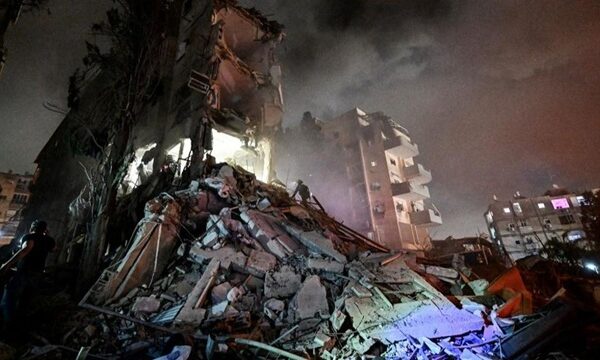
No to this imperialist war on Iran
23 June 2025 A sense of outrage, horror and dread is how the majority of people will feel at the news of Trump’s bombing of

23 June 2025 A sense of outrage, horror and dread is how the majority of people will feel at the news of Trump’s bombing of
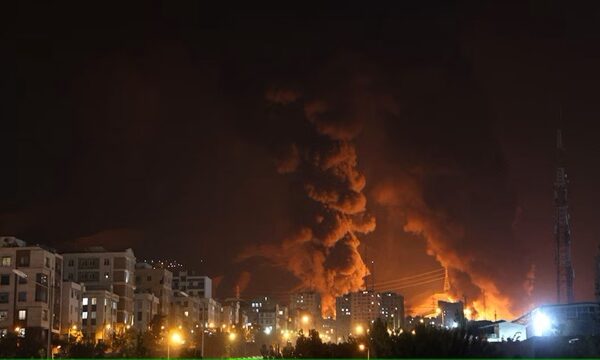
18 June 2025 The decision by Netanyahu to escalate the brutal genocide of Gaza by launching new and unprecedented attacks on Iran has dramatically increased
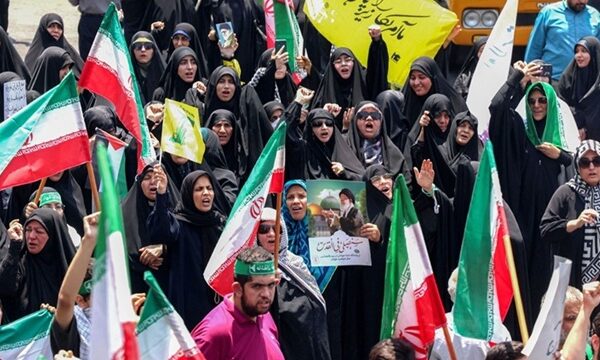
18 June 2025 After 620 days of aggression and genocide in Palestine, the genocidal state of Israel drove the region further into despair and instability
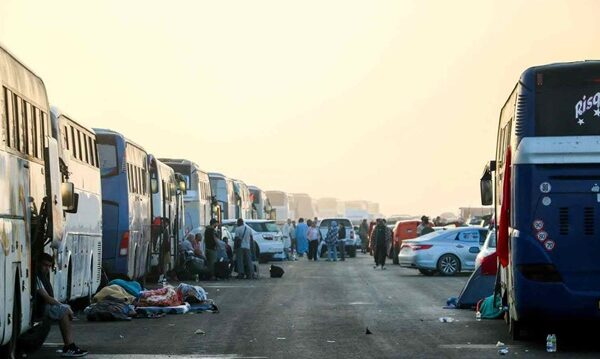
13 June 2025 North Africa’s ‘Soumoud’ caravan, or “Caravan of Steadfastness” is currently heading to Rafah to break the siege on Gaza. It emerged in
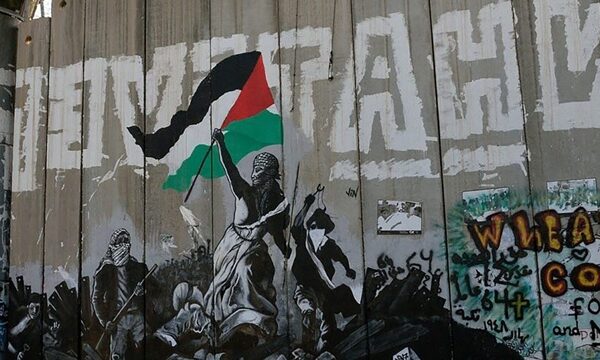
By Eddie McCabe & Donal Devlin, Socialist Party Ireland. 9 June 2025 Palestinian socialist and writer Ghassan Kanafani described the Palestinian struggle as “a cause
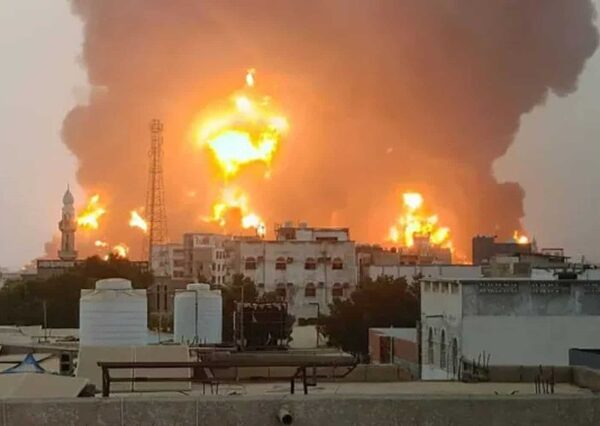
By Serge Jordan, PRMI. 19 March 2025 In the dead of night, in the midst of Ramadan, the Israeli regime resumed its mass bombing of
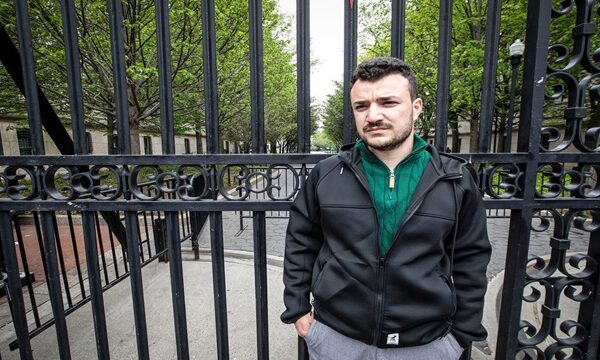
Editorial from the latest issue of The Socialist, Ireland. 14 March 2025 As we go to print, Mahmoud Khalil, a key organiser of the Palestine
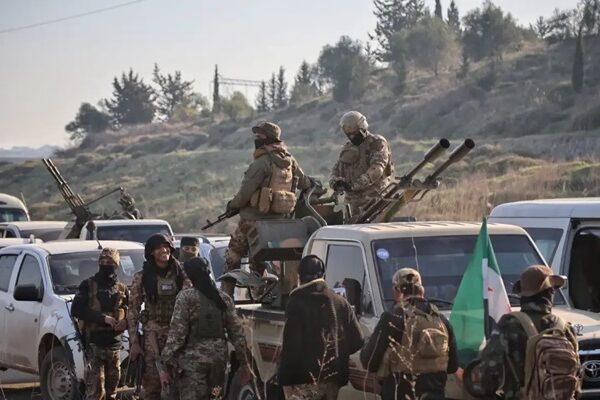
By Serge Jordan, 11 March 2025 The last few days in Syria have brought another grim chapter in the country’s long and bloody crisis. More
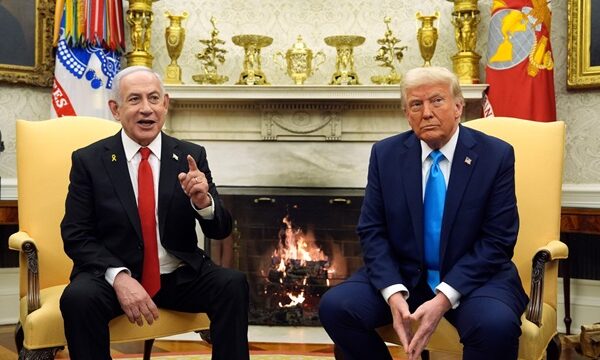
By Socialist Party Ireland reporters, 6 February 2025 The Gaza genocide is continuing. Trump has announced an outrageous plan for the wholesale ethnic cleansing of
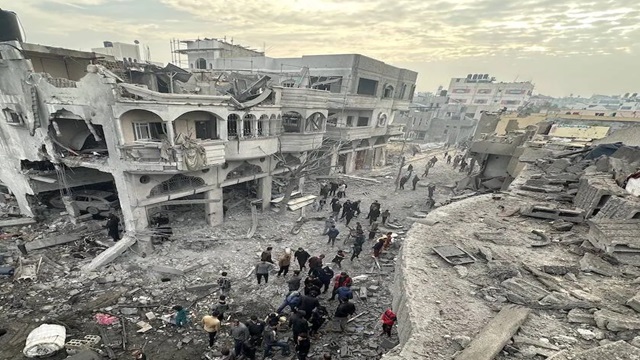
By PRMI reporters 18 January 2025 “This is a day of happiness, and sadness, a shock and joy, but certainly it is a day we
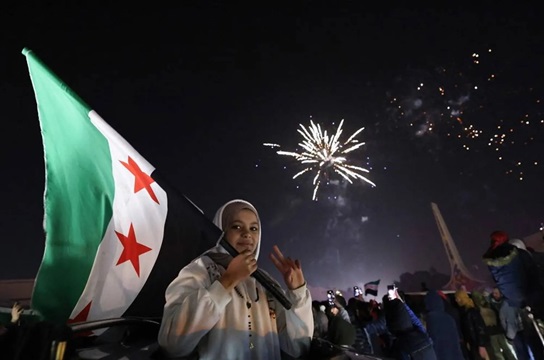
By Serge Jordan 12 January 2025 The collapse of Bashar al-Assad’s decades-long dictatorship last December has dramatically reshuffled the cards of Syria’s future. A sense
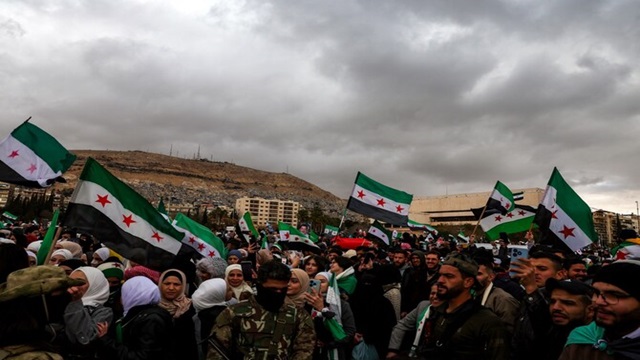
By Liv from Sweden Published 09 January 2025 This is the transcript of the introduction by Liv to the discussion on the global situation held